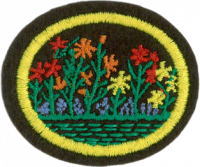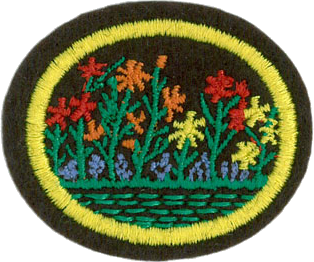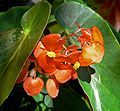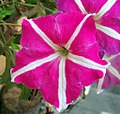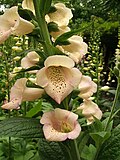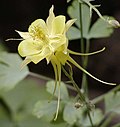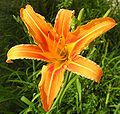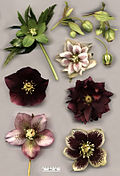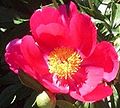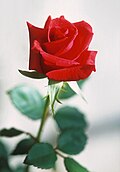Difference between revisions of "AY Honors/Flower Culture/Answer Key/uk"
(Created page with "<noinclude>") |
(Created page with "<noinclude>") |
||
| Line 93: | Line 93: | ||
{{ansreq|page={{#titleparts:{{PAGENAME}}|2|1}}|num=6}} | {{ansreq|page={{#titleparts:{{PAGENAME}}|2|1}}|num=6}} | ||
| − | <noinclude> | + | <noinclude></noinclude> |
| − | </noinclude> | + | <!-- 6. Приготовьте почву, высадите и вырастите до стадии цветения 3и вида однолетних растений. --> |
| − | <!-- 6. | ||
| − | |||
| − | |||
| − | |||
| − | |||
| − | |||
| − | |||
| − | |||
| − | |||
| − | |||
| − | + | <noinclude></noinclude> | |
| − | <noinclude | ||
| − | |||
{{CloseReq}} <!-- 6 --> | {{CloseReq}} <!-- 6 --> | ||
Revision as of 16:55, 24 March 2025
1
1a
1b
1c
2
3
4
5
6
7
You can apply the same techniques given above for annuals to care for perennials, but with perennials, there is more impetus to get it right. If you get it right, they will come back the following year. Indeed, if you already have a bed of perennials, there is no need to plant them at all. Just fertilize and water them, and make sure you keep the pests at bay. If the plant makes it through the fall in good health, chances are excellent that it will survive the winter and be healthy again in the spring.
Visit your perennials weekly, and for this requirement, jot down what you do. You can write it in a notebook, or even start a blog to record your activities.
8
The three most important plant nutrients are nitrogen, phosphorus, and potassium. NPK fertilizers are named for the chemical symbols of these elements: N for nitrogen, P for phosphorus, and K for potassium. Fertilizers are marked with the percentage of each of these nutrients. For example, a fertilizer may be marked as 18-51-20, which means it is 18% Nitrogen, 51% Phosphorus, and 20% Potassium. You may notice that these numbers do not add to 100% - the remainder is made up of "fillers". Fillers prevent the nutrients from clumping together and "burning" the plant.
9
9a
9b
- Dusty Miller
- Gazania
- Sweet Alyssum
- Globe amaranth
- Verbena
- Nasturtium
9c
- Sunflower
- Sweet Alyssum
- Cosmos
- Dahlia
- Petunia
- Geranium
- Gazania
- Snapdragon
- Verbena
- Zinnia
9d
- Dahlia
- Marigold
- Lobelia
- Cup flower
- Impatiens
- Pansy
10
The purpose of a soil test is to determine the nutrient content of the soil. This will allow the gardener to select plants that will grow best in the existing soil conditions or to determine what nutrient supplements are required to amend the soil for the intended plants.
11
Annuals
Perennials
References
- http://mostlyorganicgarden.com/NPK_explanation.html
- Wikipedia articles:
